Oct 23, 2020

Many people know that over half of the food waste in a restaurant is from the kitchen and not the customers’ tables. Instead of waiting for food waste to happen and then looking for ways to turn waste like leftovers from trimming into new menu items or reducing the amount of food served to customers in order to reduce waste from eating, you can use an even more effective method of reducing food waste. Today, I’m going to introduce you to some food waste reduction techniques, from the ingredient ordering step to before the food is served.
- Ingredient Planning Step
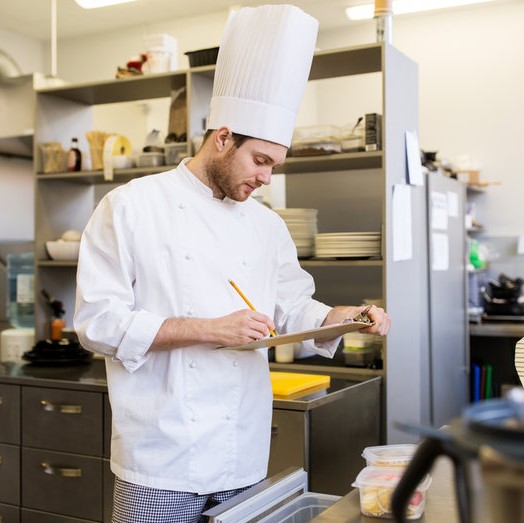
This is the most important step in food waste prevention, because the chances of waste are greatly reduced if your restaurant has good planning. It is necessary for your restaurant to create a standard for the ingredients you need. You need to accurately estimate ingredient usage and have an efficient incoming ingredient inspection process.
- Creating an Ingredient Standard
Has this ever happened: The ingredients you buy for each round vary in size and standard. They’re sometimes small, sometimes big, sometimes young and sometimes old. If you can’t control the standard of the incoming ingredients in the first place, there’s no way you can cook them and get the same flavor. And there’s an even bigger chance you’ll create waste because the kitchen employees won’t know how much they need to trim.
Creating an ingredient standard, or what we call “product specifications”, means you establish important standards with impact on each ingredient such as variety, brand, size, weight, trimming and packaging, etc. The specifications are considered an agreement between a restaurant and the supplier.
- Estimating Ingredients

Your restaurant can plan ingredient orders by analyzing sales data from the POS system. You’ll know the sales quantity per order. This allows you to estimate future sales. There are 3 factors that affect the amount of ingredients to be ordered each time as follows:
- The amount of ingredients used per week.
- The amount of safety stock you keep in case you need to use more ingredients than you estimated.
- The number of deliveries per week. If you don’t carefully calculate the amount of ingredients needed for each round, you might face the problem of ordering less or more ingredients than necessary.
- Establishing an Incoming Ingredient Inspection Process
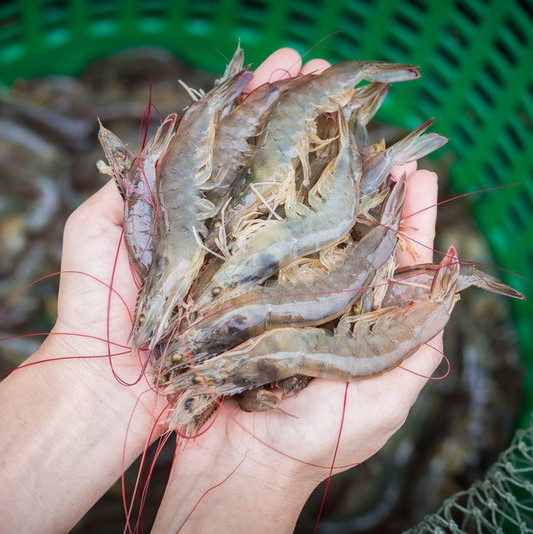
A good incoming ingredient inspection requires coordination between your restaurant and your supplier about the delivery time. Otherwise, if the supplier makes a delivery when the employees are busy serving customers, such as during the lunch rush, there might be errors in the inspection resulting in the accidental acceptance of unqualified ingredients. In addition, there’s a chance that the kitchen employees might forget to store the ingredients properly in the storage space or refrigerators which will lower the quality of the ingredients.
2. Ingredient Storage
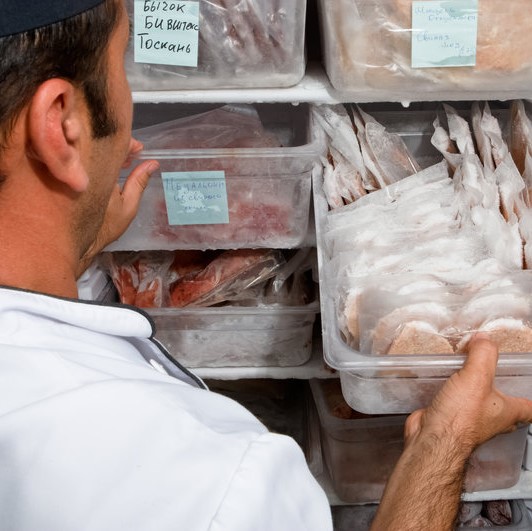
After the employees have accepted the ingredients from the supplier, the ingredients should be sorted by type and stored in the right containers immediately. For example, the vegetables that should be soaked in water to maintain the quality as long as possible are to be soaked in a tall container. The rest of the vegetables should be sorted into separate lidded plastic containers to prevent jostling bruising from the too-cold refrigerator temperature.
Spices/condiments should be taken out of the bags and stored in lidded containers to prevent spillage while cooking. FIFO (first in, first out) has to be applied to ingredients such as meat, so you can know which ingredients should be used first and which ingredients should be used last to prevent ingredient expiration.
3. Portion Control
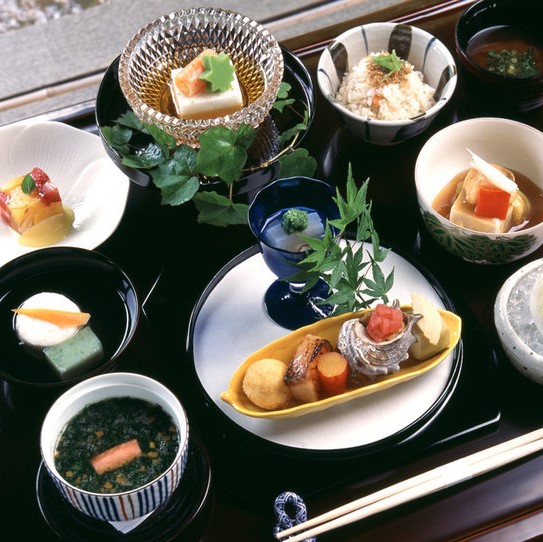
Even if you’re very thorough about product specifications and have a good ingredient plan and proper storage, if you overlook the final step before food is served to customers, which is cooking, and don’t properly control the portions of ingredients required for standard recipes, not only will the food flavor not be according to standard, but there’s also a chance of creating food waste from adding to much of some ingredients.
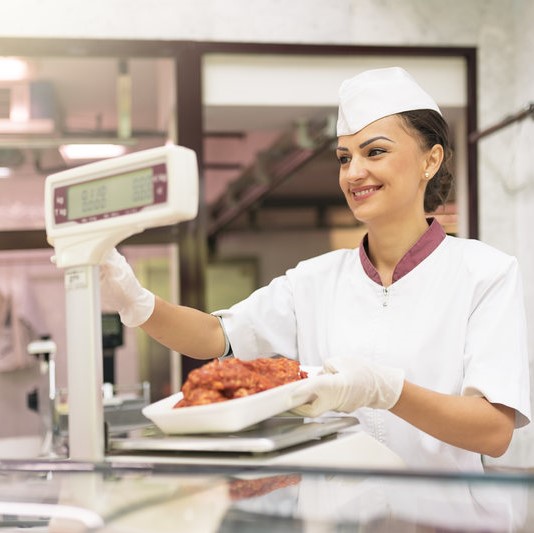
The solution is to use measuring equipment in the preparation process, ir-frying it, using a portion spoon to separate each spice/condiment or ingredient when measuring them out instead of eyeballing it and timing or measuring the temperature while cooking to see if the food is cooked according to standard. All of these are excellent for reducing food waste before the food is served to the customers’ tables.
You can follow the Zero Food Waste Program: Reduce Cost, Increase Profits; Food Waste Reduction Secrets Revealed through Makro Horeca Academy’s Facebook page and on the website.
To increase the know-how and ideas for restaurateurs so they can develop strong businesses and survive the current situation and learn how to reduce food waste which will help them save on cost and generate more profit with online content about food waste and ways to manage and reduce food waste.
Stay up to date with articles that entrepreneurs shouldn’t miss out on!
